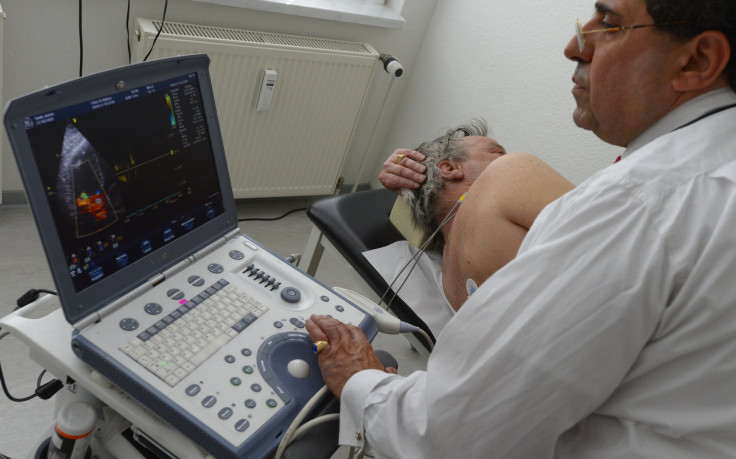Can Someone Wake Up From A Coma? Ultrasound Treatment Used To Help California Patient

Doctors at the University of California at Los Angeles may have discovered a much safer way to bring people out of comas: ultrasounds.
A 25-year-old man reportedly made remarkable progress after doctors used an ultrasound to jump-start his brain, according to a report published Wednesday by UCLA. With the use of a low-intensity, focused ultrasound pulsation, the team was able to excite neurons in in the thalamus, an egg-shaped structure in the center of the brain that is a central hub for information processing.
“It’s almost as if we were jump-starting the neurons back into function,” Martin Montl, the lead author of the study publishing the results, said. “Until now, he only way to achieve this was a risky surgical procedure known as deep brain stimulation, in which electrodes are implanted directly inside the thalamus. Our approach directly targets the thalamus but is noninvasive.”
Doctors were quick to caution that the procedure, while promising, needed to be tested on more patients before it may be recommended that doctors use the method consistently.
“It is possible that we were just very lucky and happened to have stimulated the patient just as he was spontaneously recovering,” Montl said.
Comas can result from a variety of sources, including head trauma and also complications to other, underlying illnesses. While in a coma, a person is alive but unable to respond to their environment or even move. They’ve lost their normal thinking abilities but still maintain normal functions like breathing and keep sleeping patterns.
Whether or not someone will come out of a coma depends on the severity of the coma and the causes that got them there. Some people never recover and others may emerge with a potential range of lasting effects, including damage to physical, intellectual or psychological capacities. A coma rarely lasts more than two to four weeks, according to brainfacts.org.
© Copyright IBTimes 2025. All rights reserved.






















